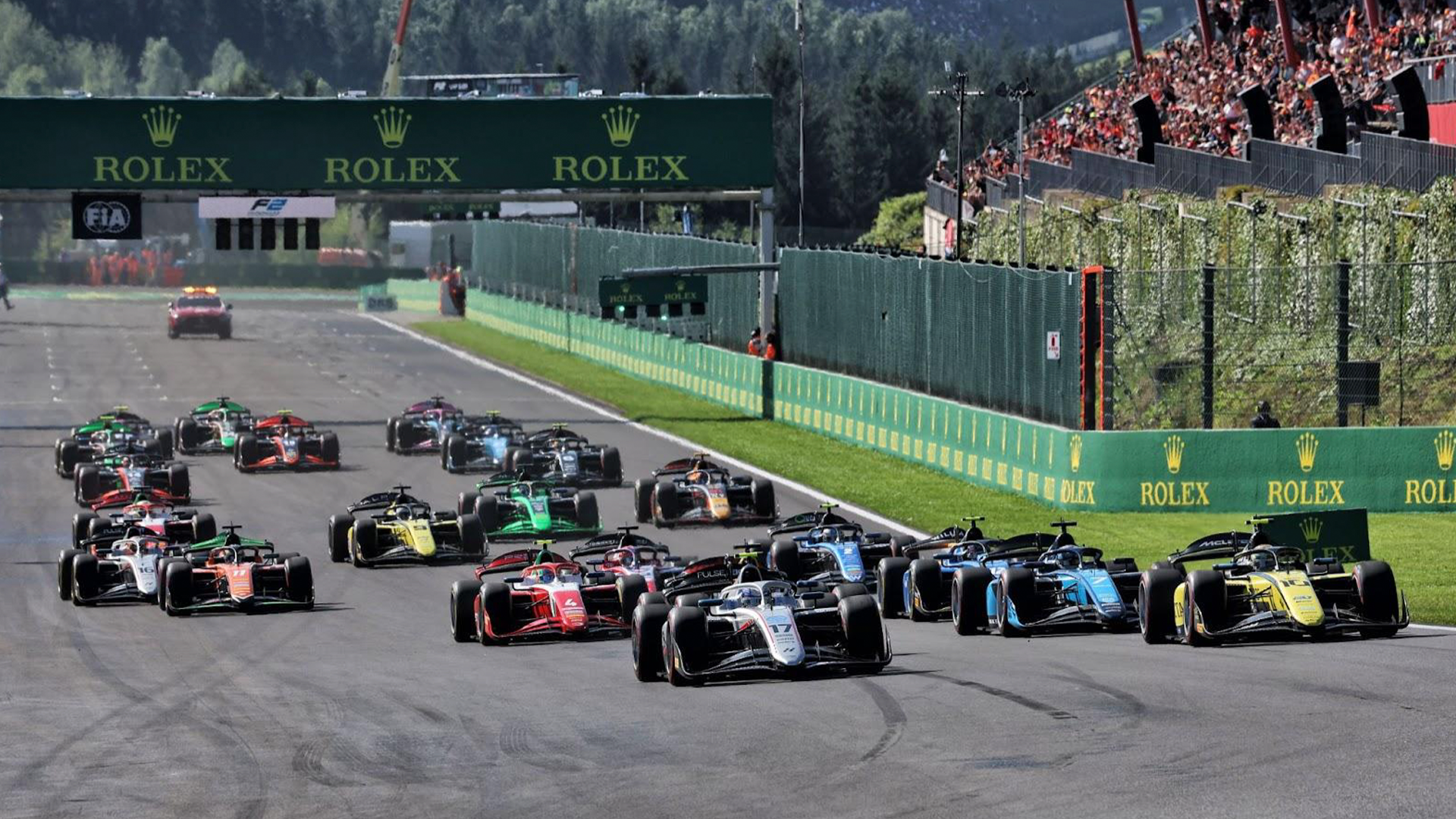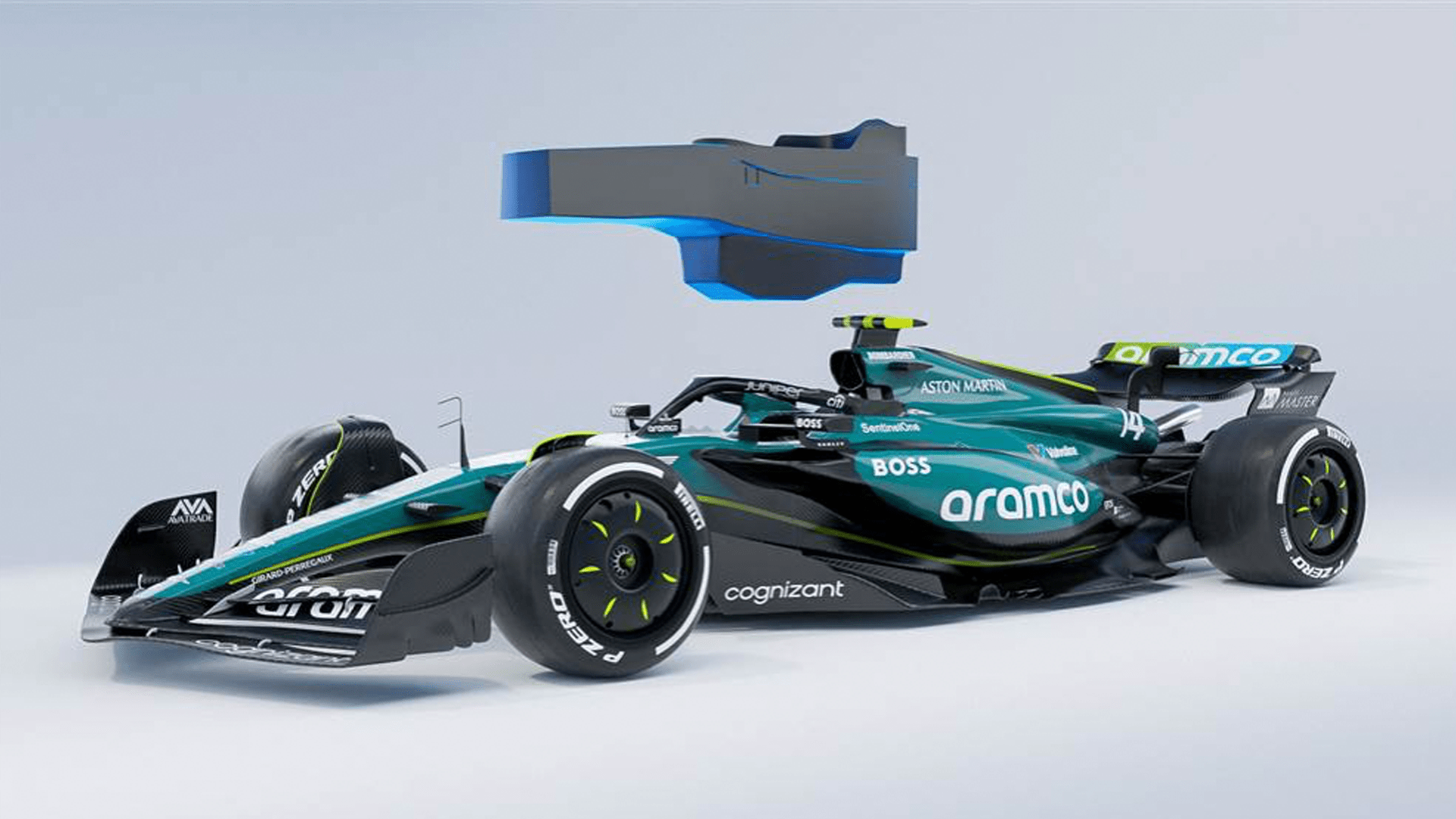Motor
Formula 2 2024 season: Why did a huge crash occur in Azerbaijan?
by Samarth Kanal
5min read
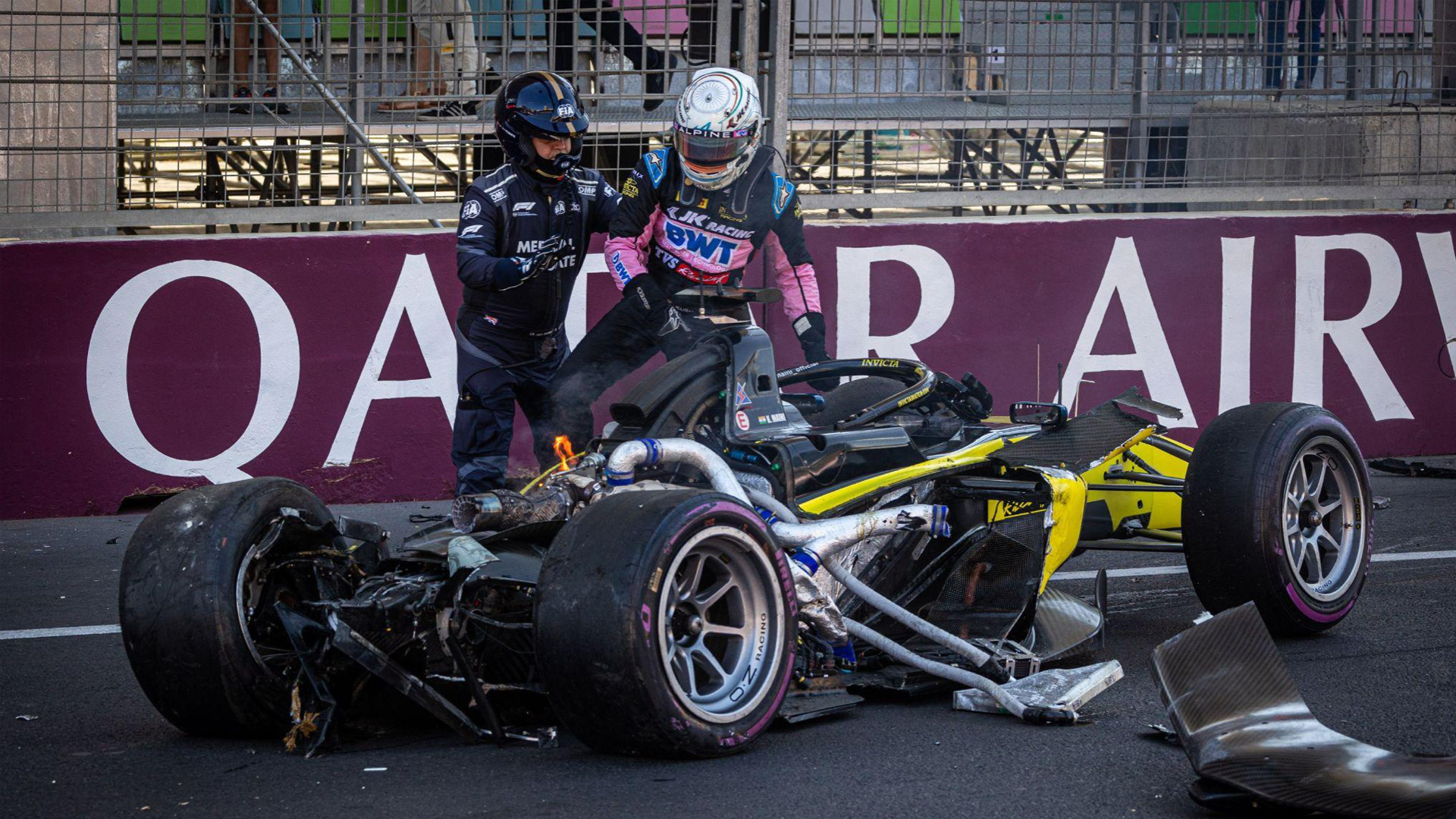
The 2024 Azerbaijan Formula 2 round was characterised by a spectacular crash in the feature race, while drivers struggled for grip throughout the weekend.
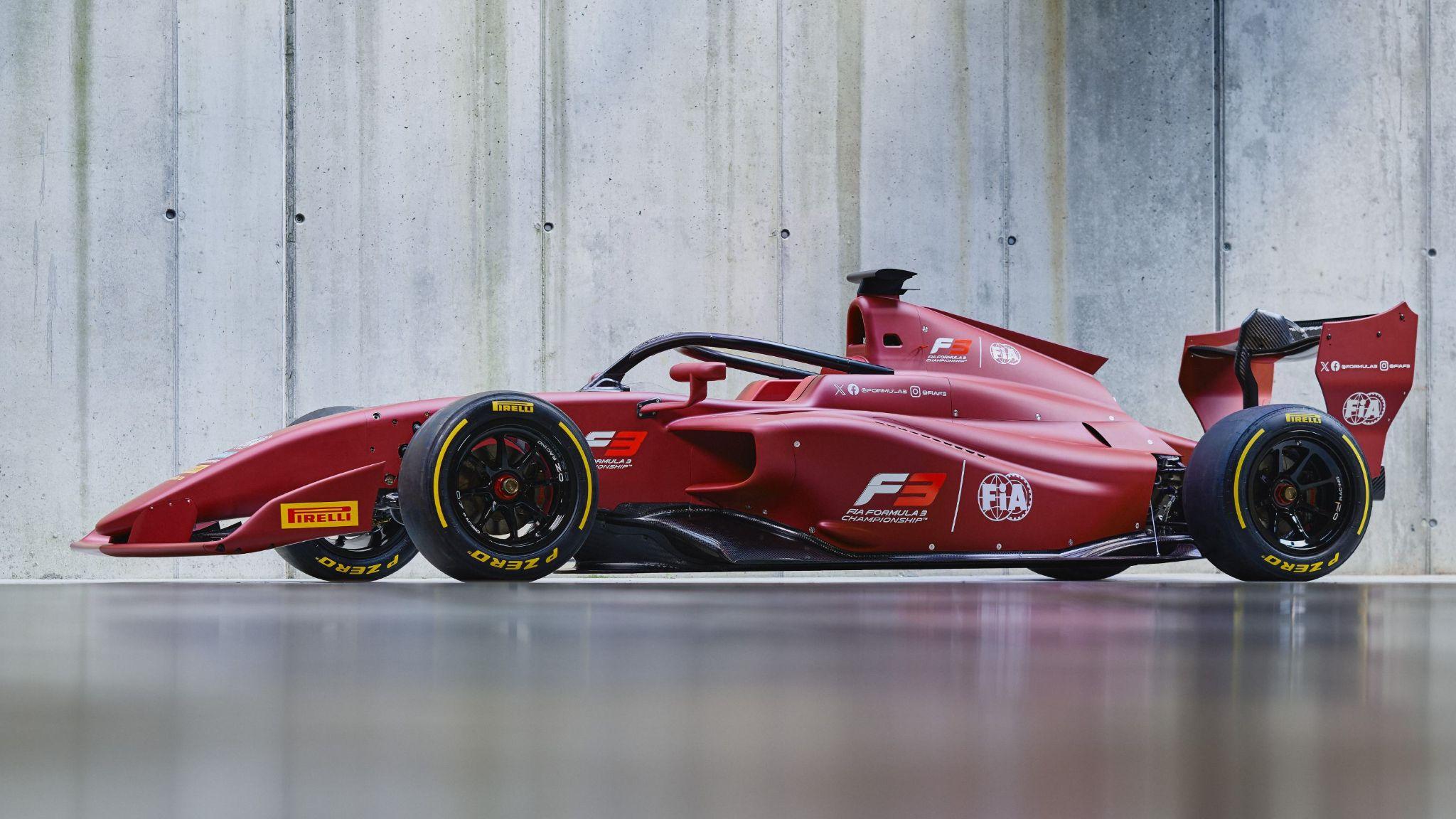
Car, Future, Motor
Formula 3: Everything you need to know about the next generation F3 car
Why did the Baku F2 crash occur?

The stricken Campos Racing car of Pepe Marti after the F2 feature race crash in Azerbaijan
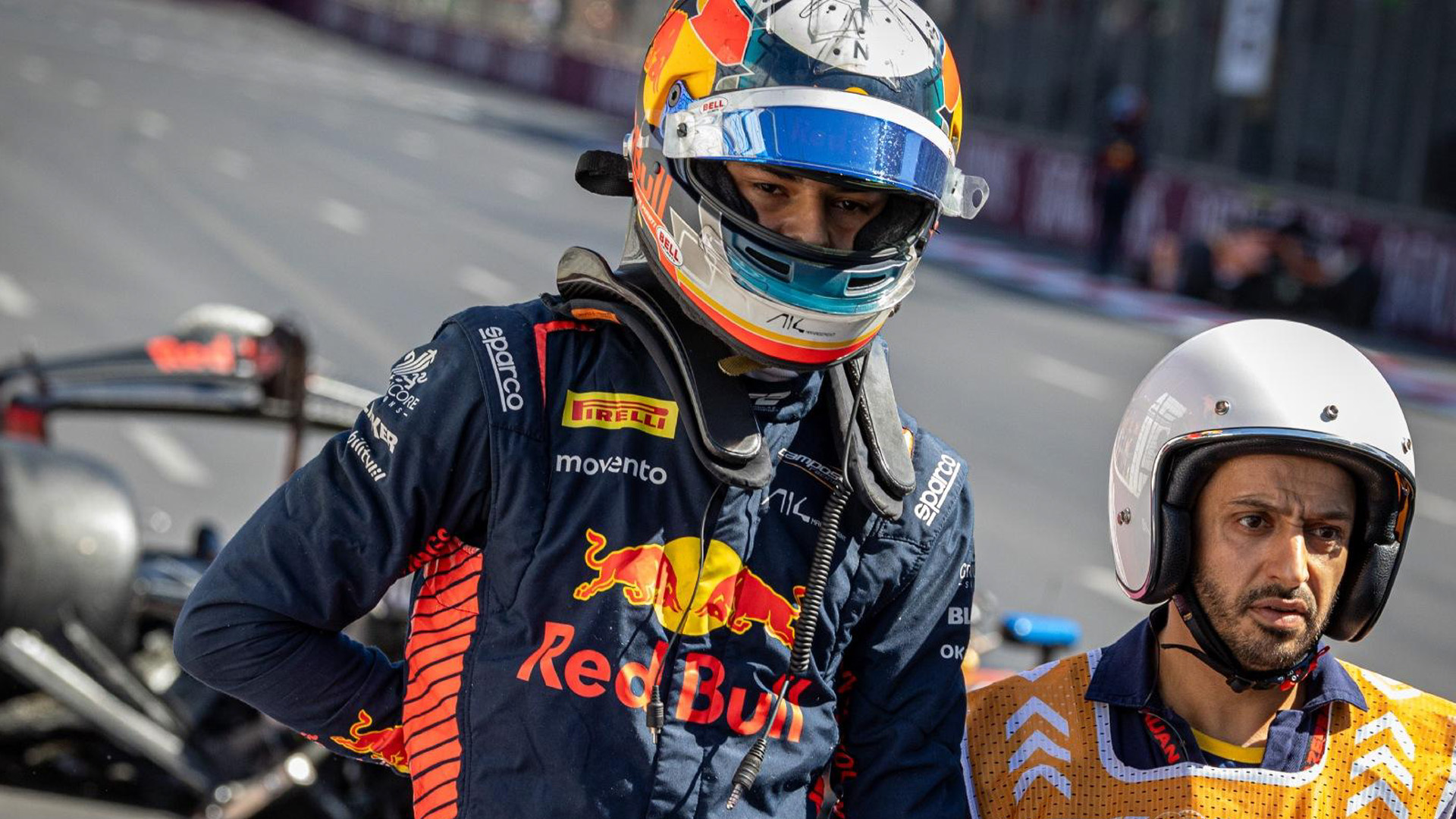
Pepe Marti walks away from the crash at the start of the F2 feature race at Baku
The FIA meanwhile found Maini to blame for the crash and gave him a five-place grid penalty that will be served in Qatar.
F2 and F3 CEO Bruno Michel maintained that the safety systems on the F2 car had worked as intended and Maini made a mistake in Azerbaijan.
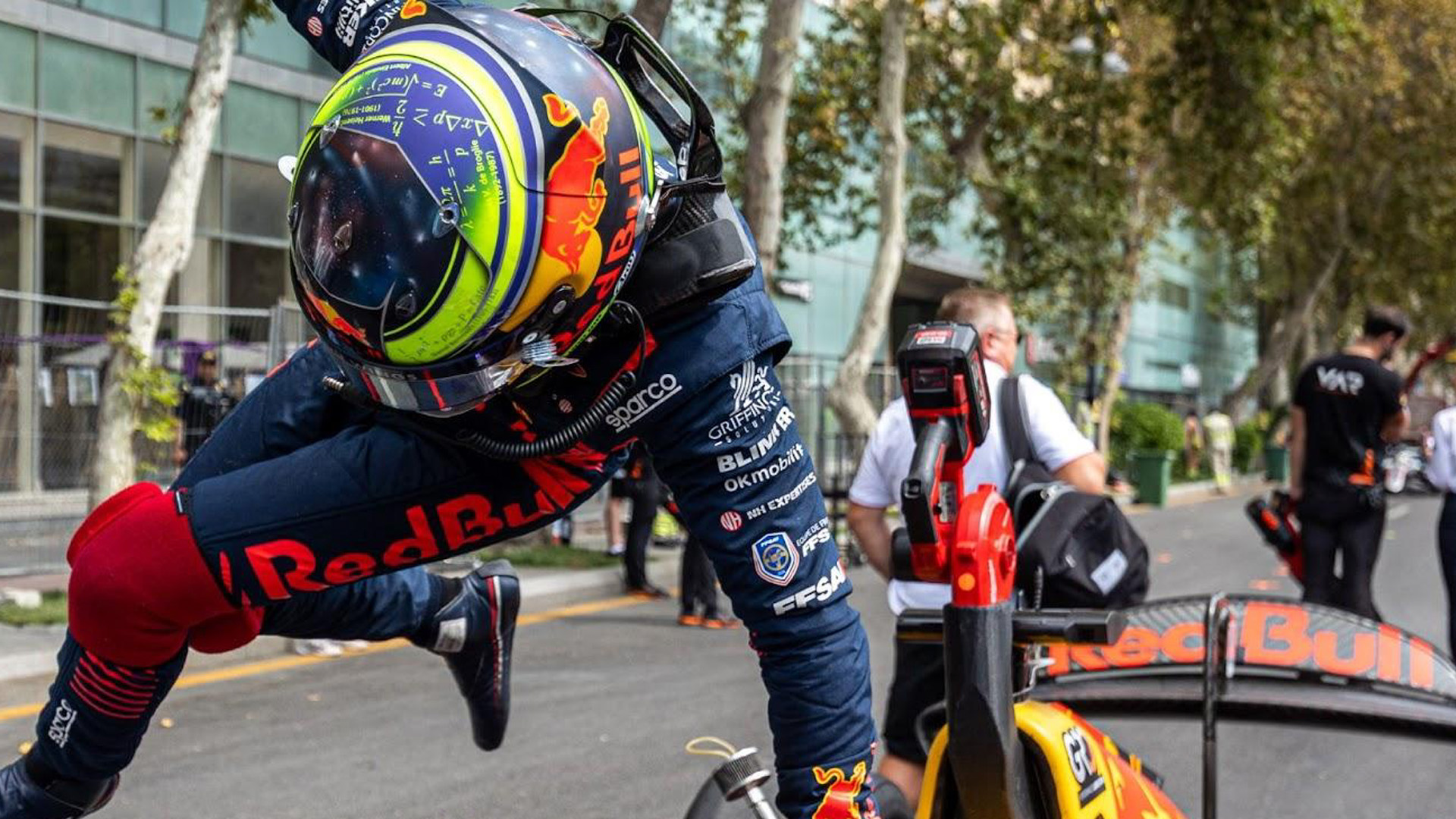
Campos Racing’s Isack Hadjar hops out of his car on Friday in Baku
Hadjar hit by qualifying penalty
What is a ‘green’ track? Track evolution explained
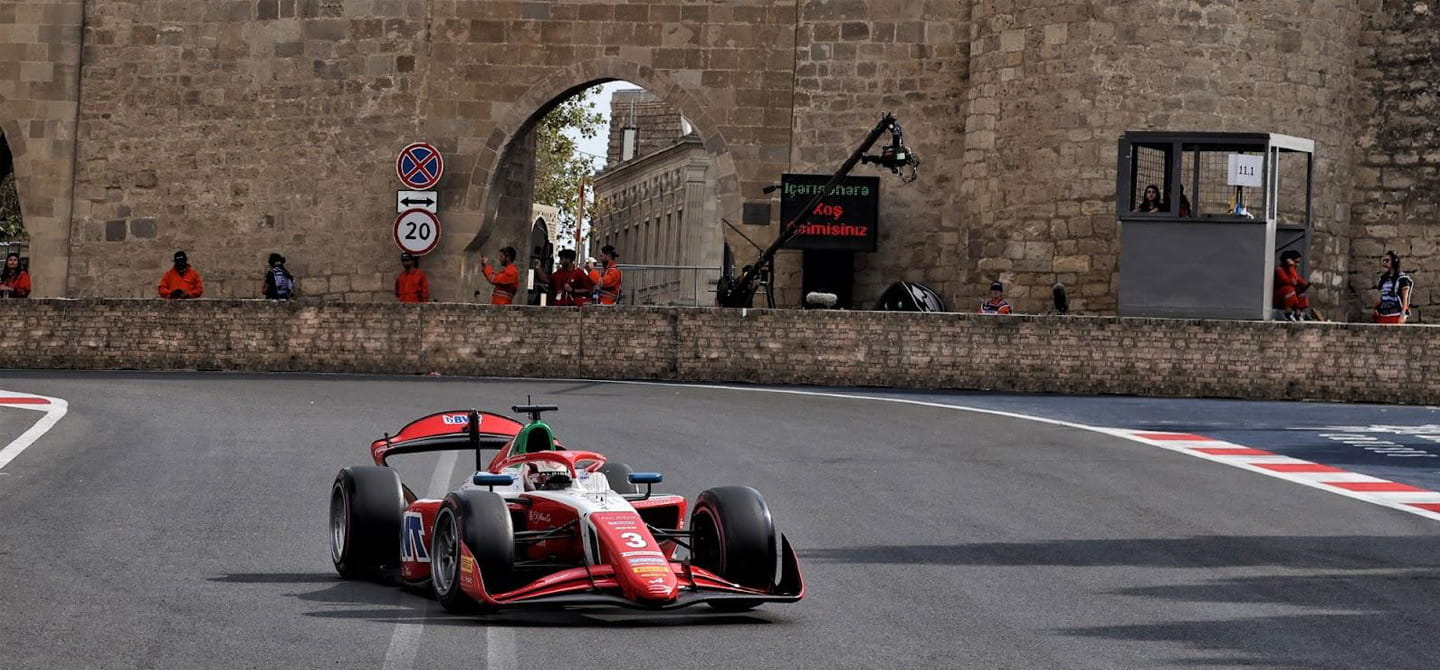
Gabriele Mini (Prema) traverses the winding Castle section at Baku City Circuit with the surface still light grey - indicating that little rubber has been laid onto the track
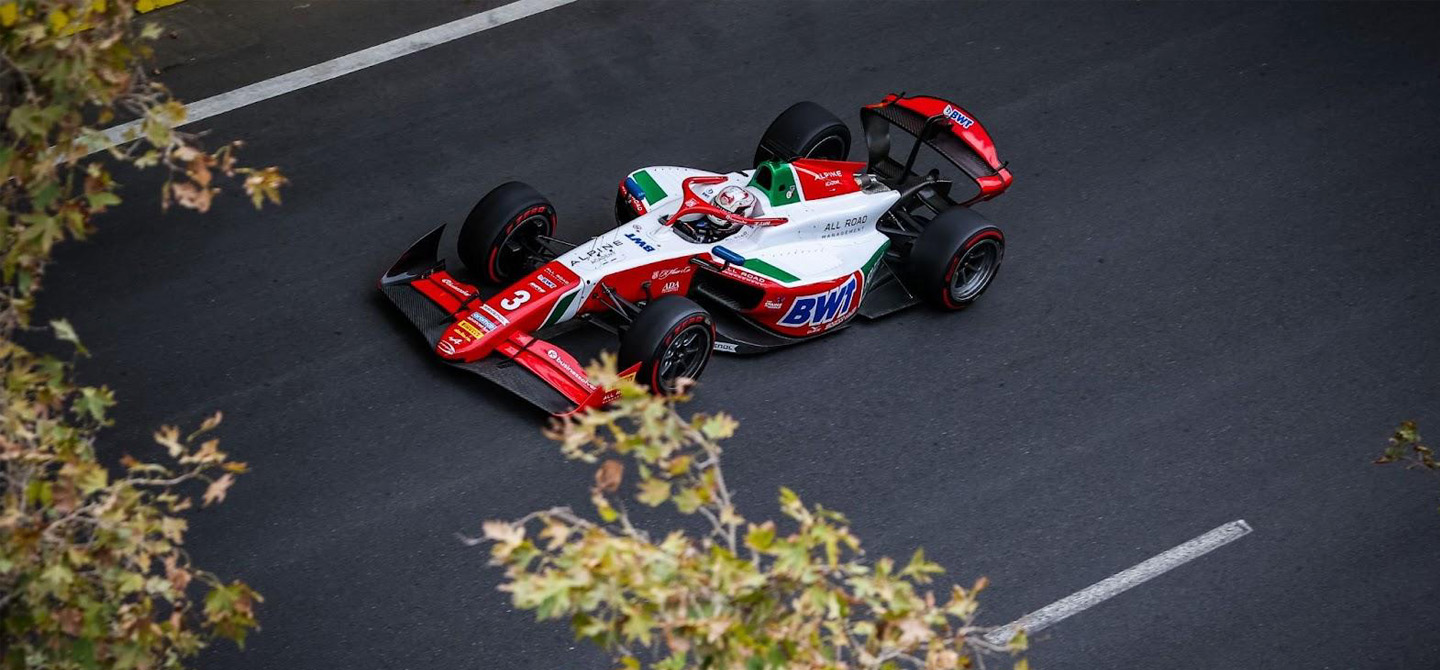
Foliage also contributes to the track conditions problem
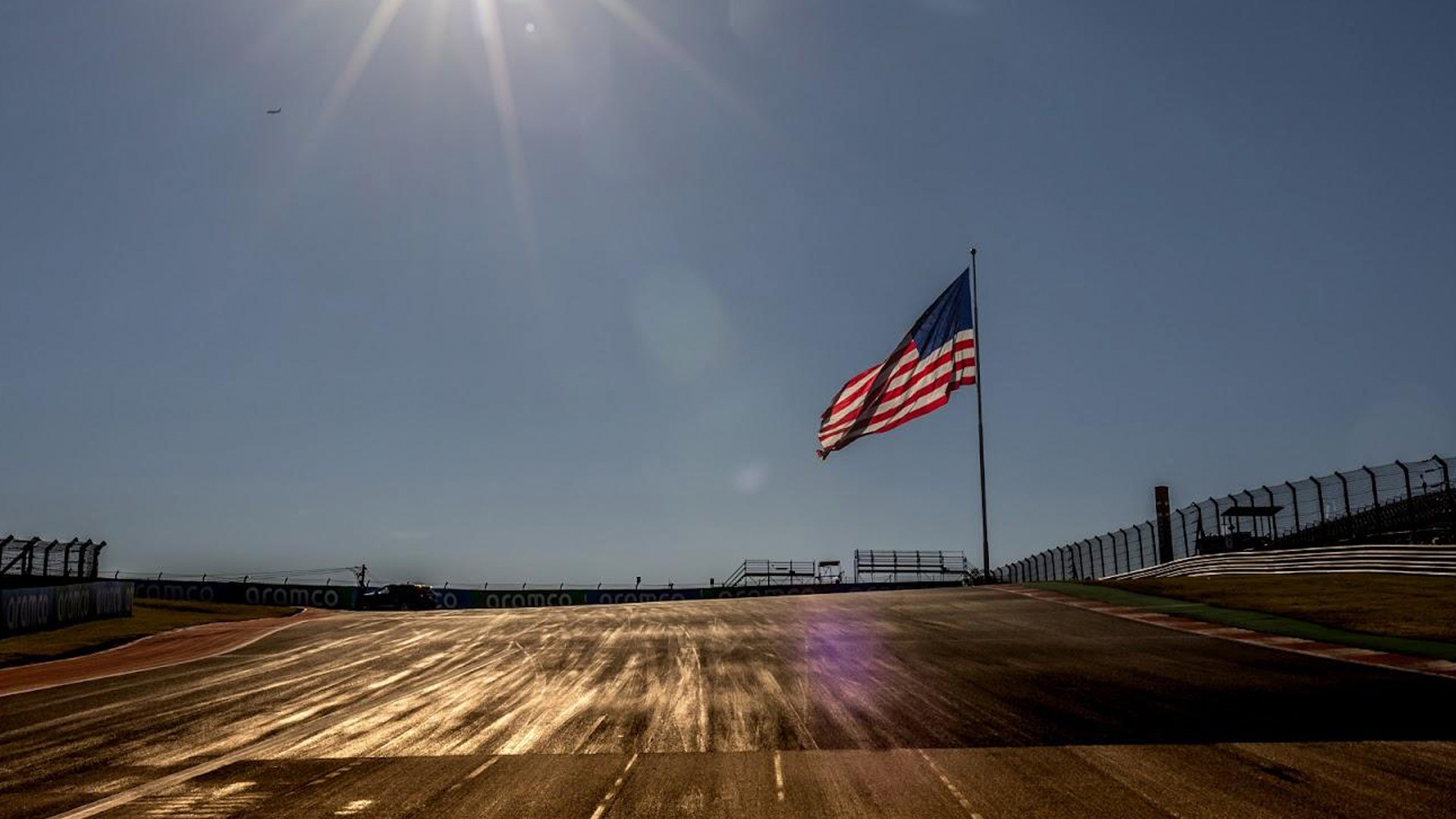
Residual rubber on the surface of Circuit of The Americas, a permanent racing venue that hosts the United States Grand Prix
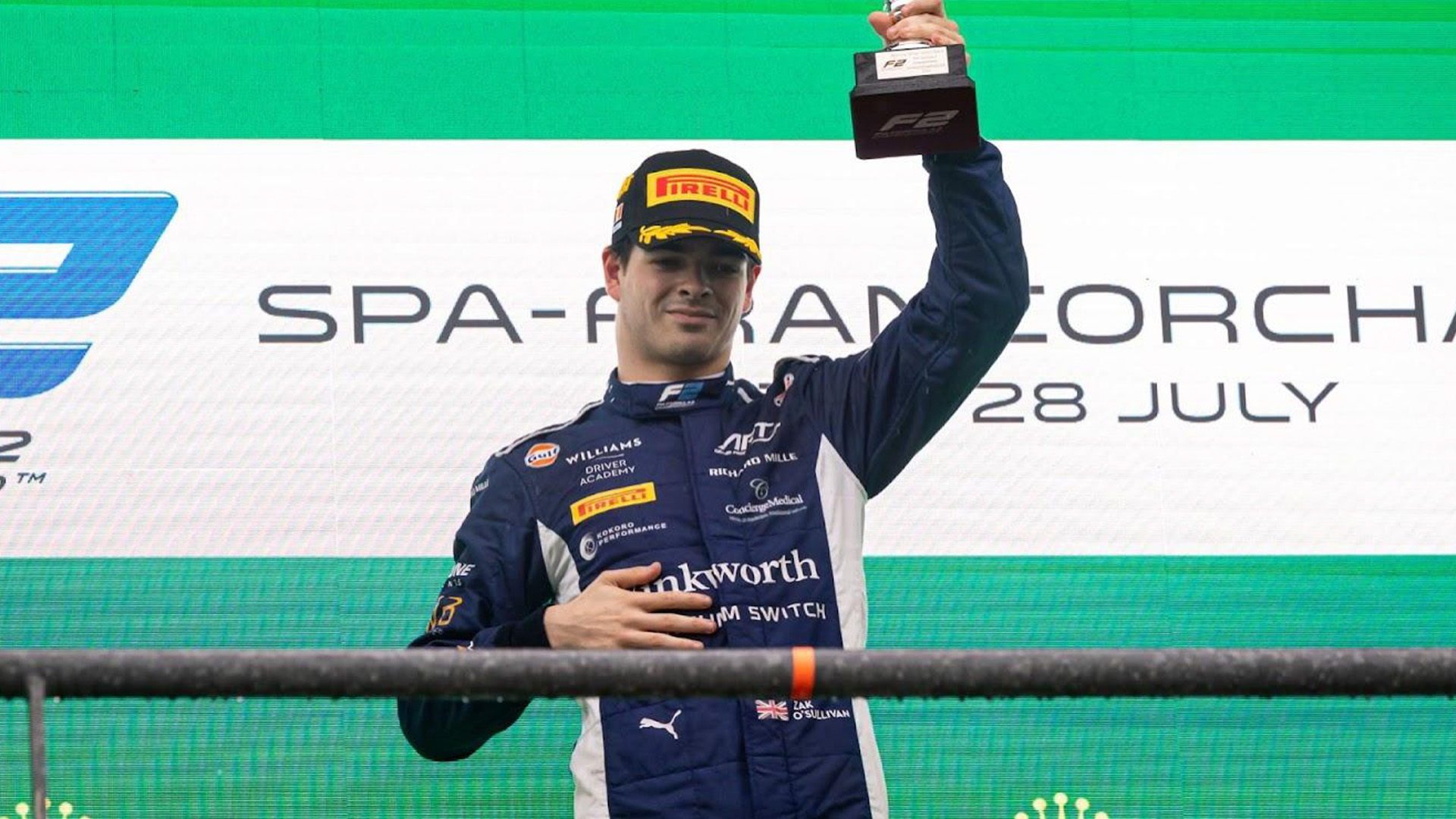
Zak O’Sullivan celebrating his victory for ART Grand Prix in the 2024 Belgian F2 sprint race
The costs of driving in F2
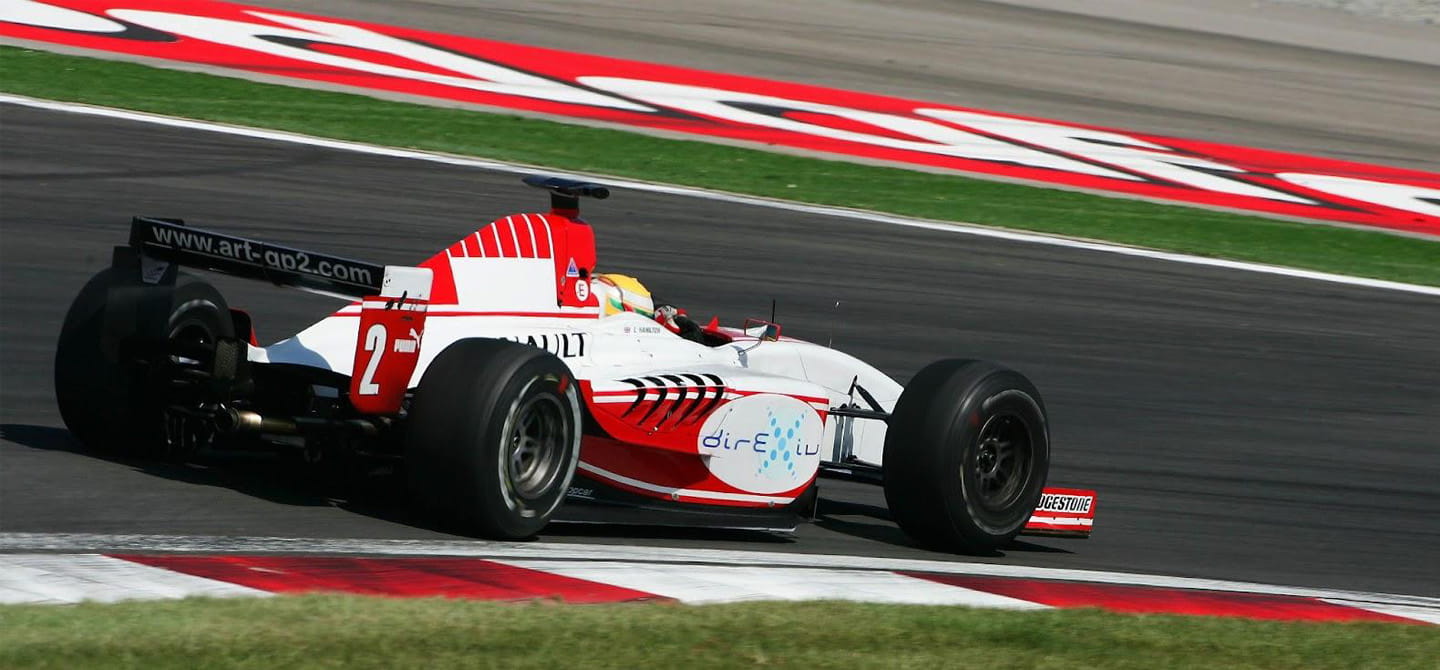
Lewis Hamilton won the 2006 GP2 Series title with ART Grand Prix before stepping up to Formula 1 with McLaren
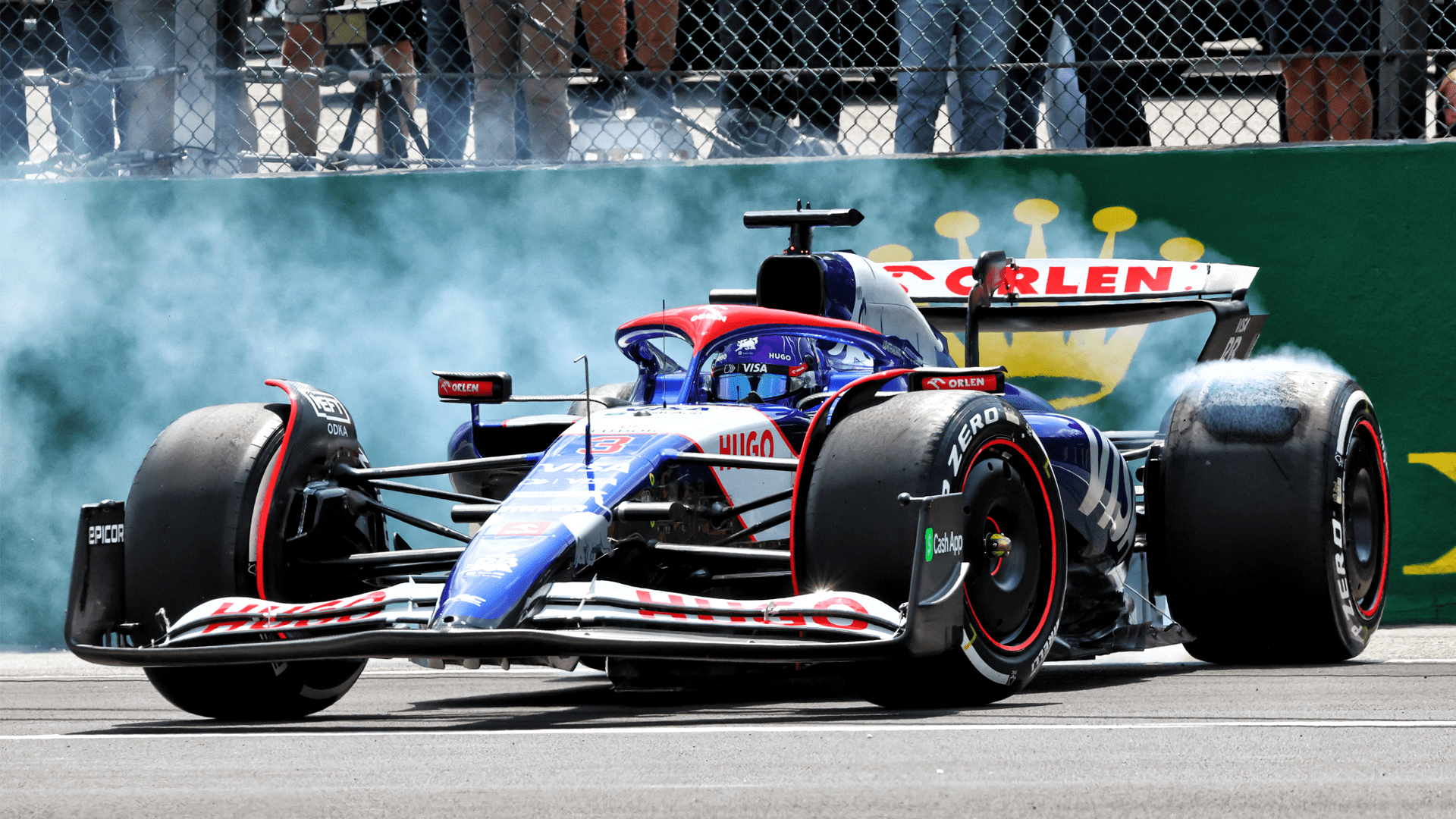
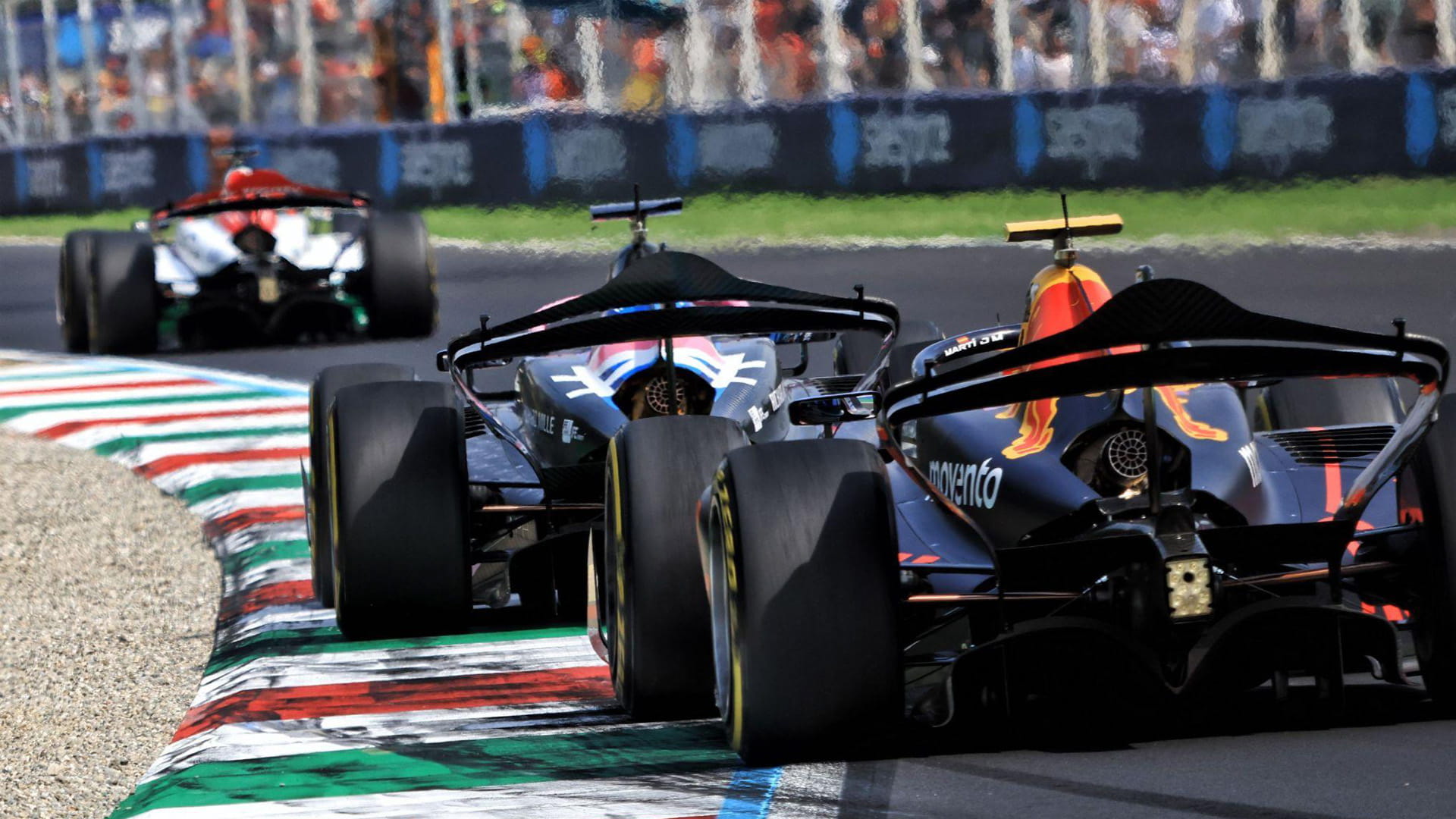
.jpg?cx=0.62&cy=0.39)
